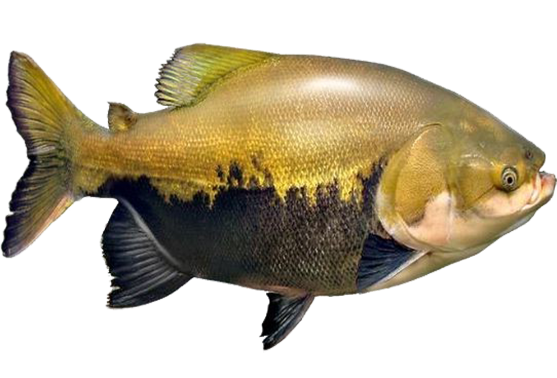The 2024 sport fishing season is open
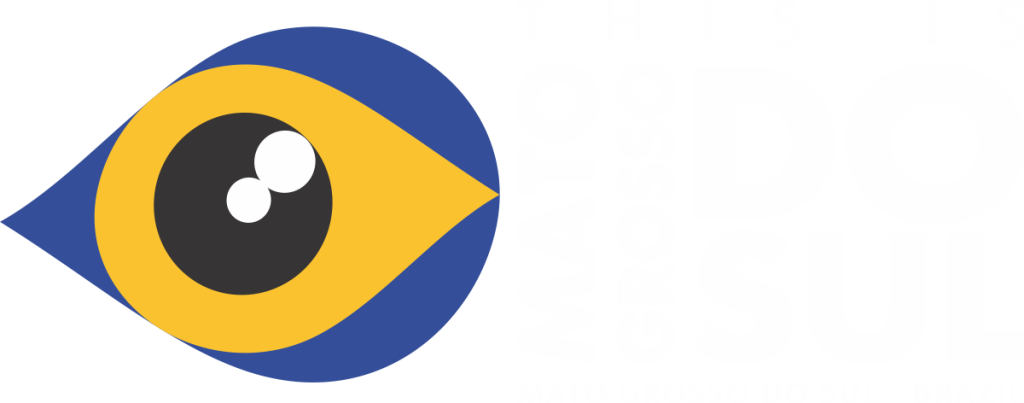
MAP OF FISHING
CHECK YOUR FISHING OPTIONS IN MATO GROSSO DO SUL ON THE MAP
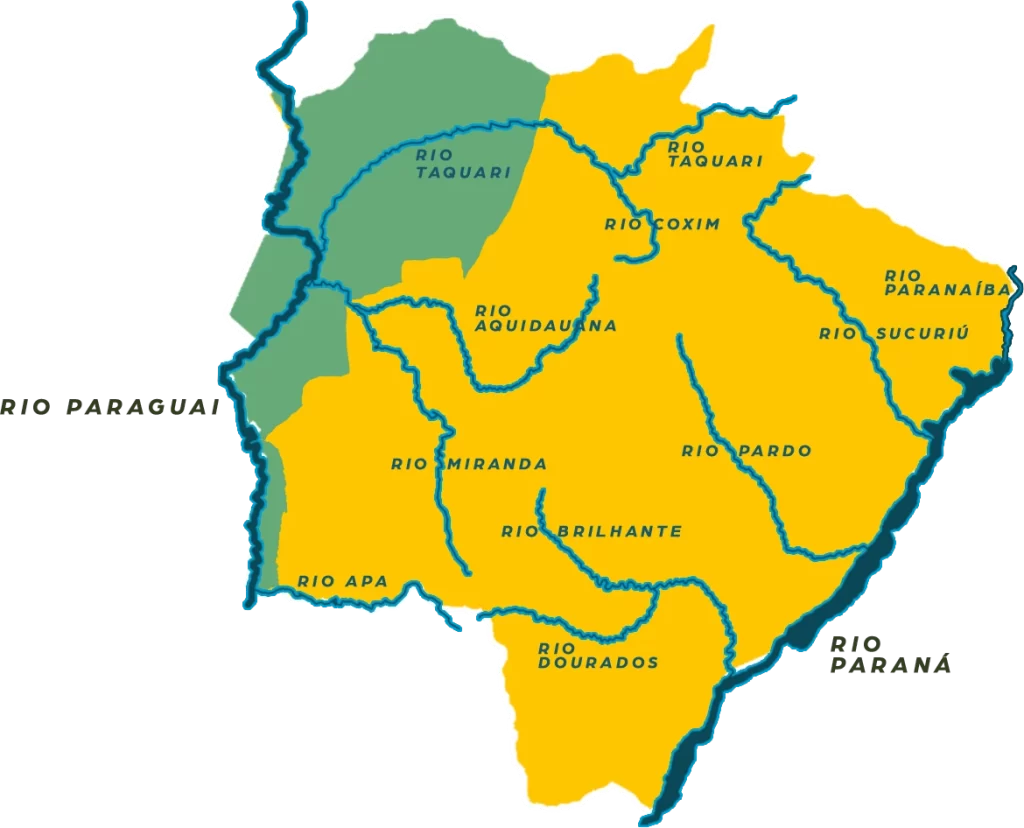
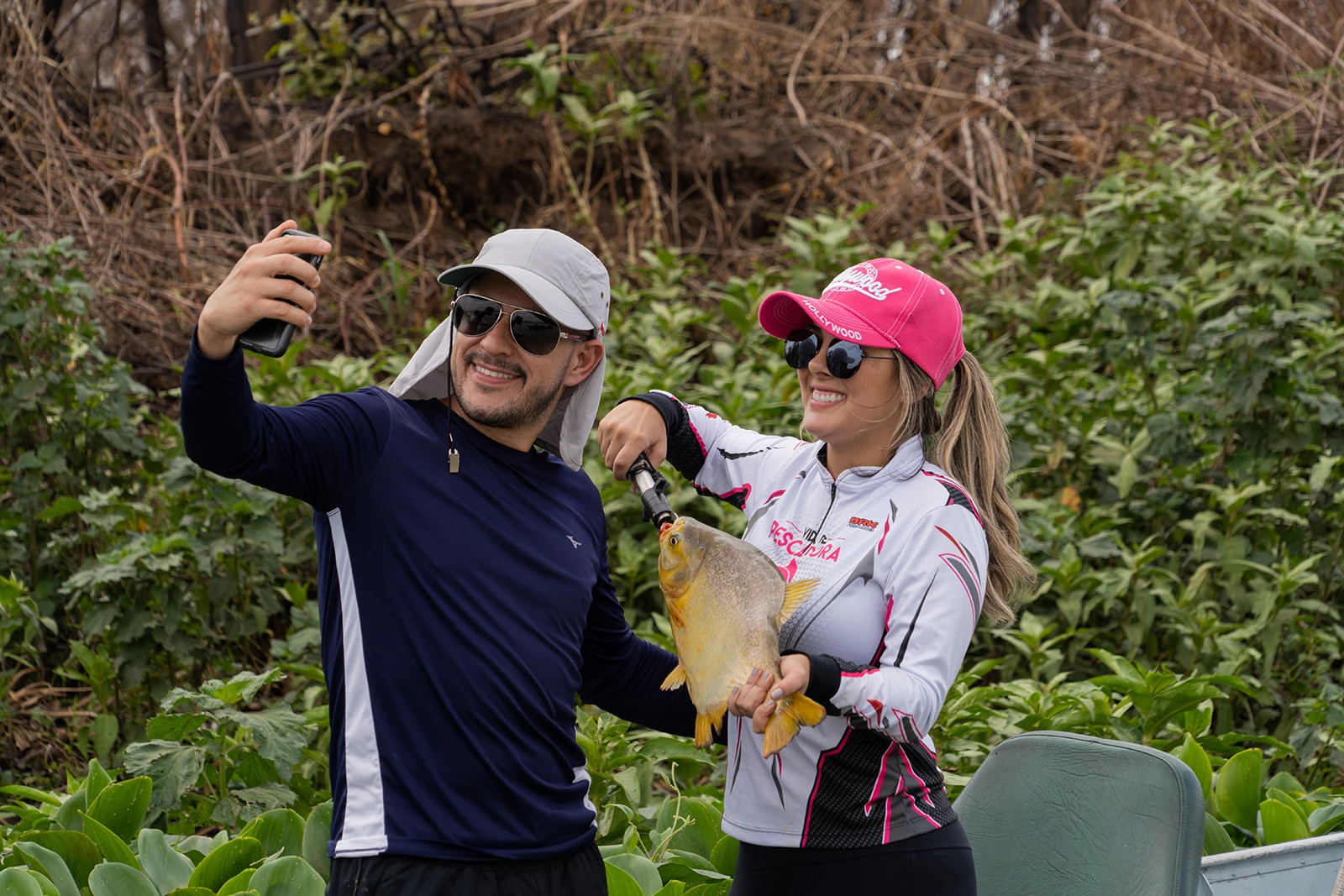

Mato Grosso do Sul is known for its rich and diverse fishing opportunities, especially in the Pantanal region. Here are some details about what a fishing experience in Mato Grosso do Sul might be like:
Fish species: The Pantanal is home to over 250 fish species, including the popular Pintado (a type of catfish), pacu, and dourado. Fishing enthusiasts can also find piranhas, piraputangas, and other species in the rivers and lakes of the region.
Fishing methods: Fishing in Mato Grosso do Sul can be done using a variety of methods, including baitcasting, spinning, and fly fishing. Some popular techniques include using live bait or lures to catch fish in the rivers or trying your hand at fishing in the lakes.
Scenery: One of the unique aspects of fishing in Mato Grosso do Sul is the stunning scenery that surrounds you. The Pantanal region is home to vast wetlands, tropical forests, and diverse wildlife, including birds, caimans, and capybaras. Fishing trips often involve traveling to remote areas, which allows you to experience the beauty and diversity of the region up close.
Local guides: To get the most out of your fishing experience, it’s recommended to hire a local guide who can provide insider knowledge of the best fishing spots, techniques, and local culture. Many local guides are also skilled naturalists who can teach you about the region’s wildlife and ecology.
Ours Rivers
FIND OUT MORE ABOUT THE RIVERS OF OUR STATE

Rio Paraguai

Rio Aquidauana

Rio Miranda

Rio Apa
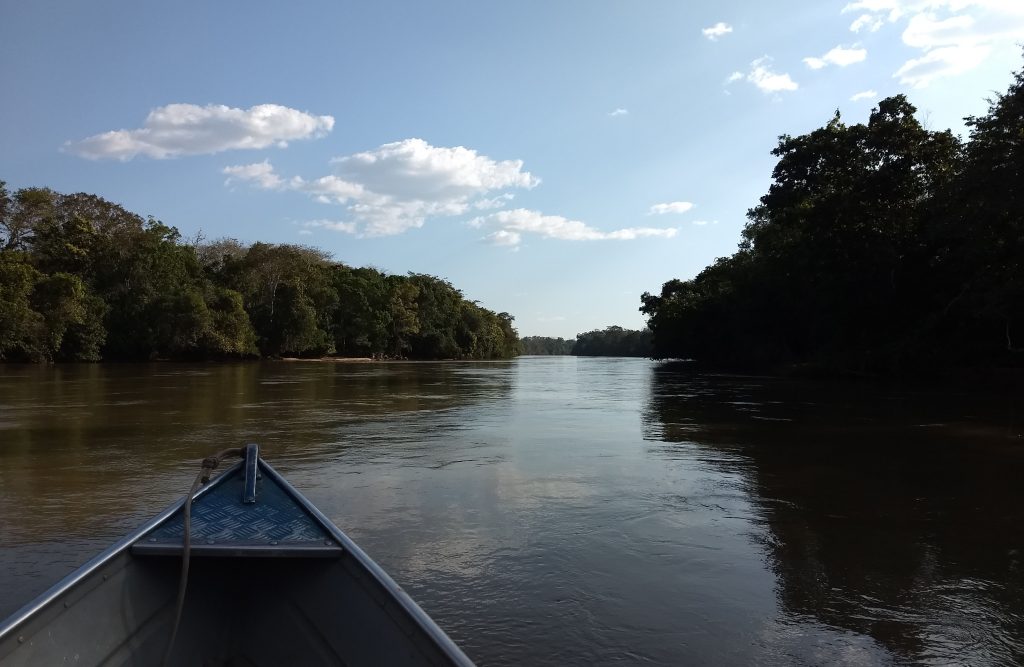
Rio Taquari
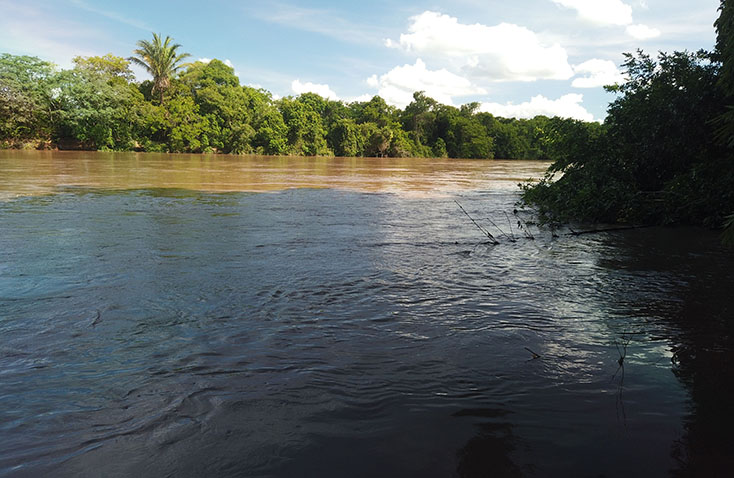
Rio Coxim

Rio Piquiri
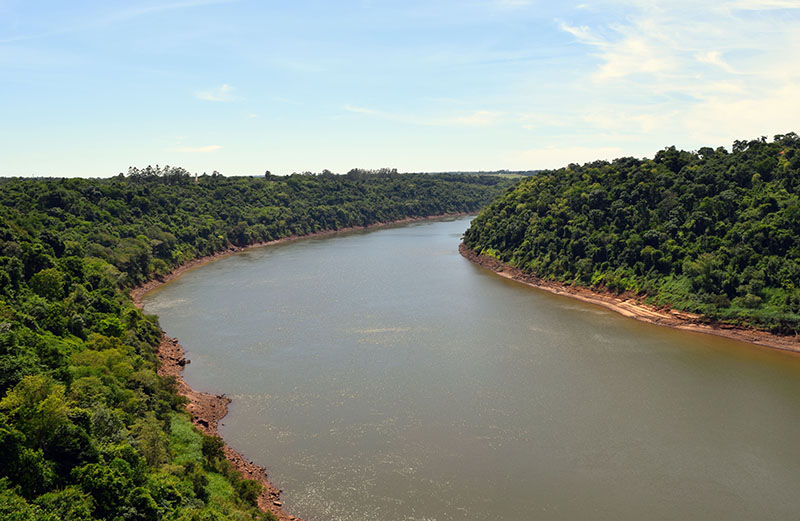
Rio Paraná

Rio Paranaíba

Rio Dourados
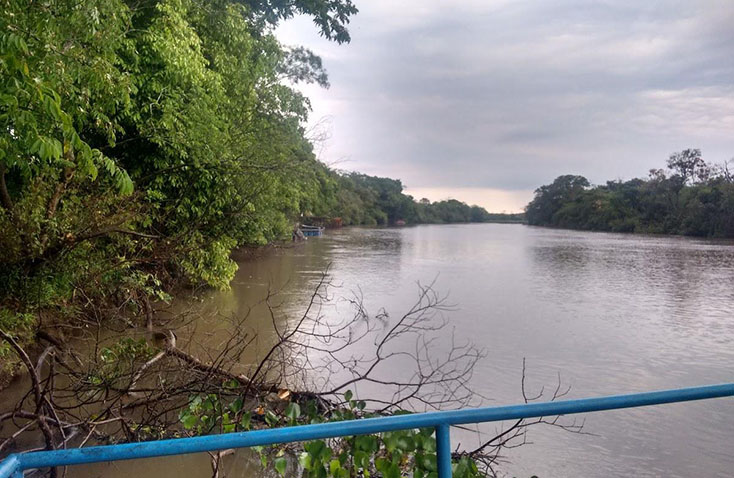
Rio Brilhante
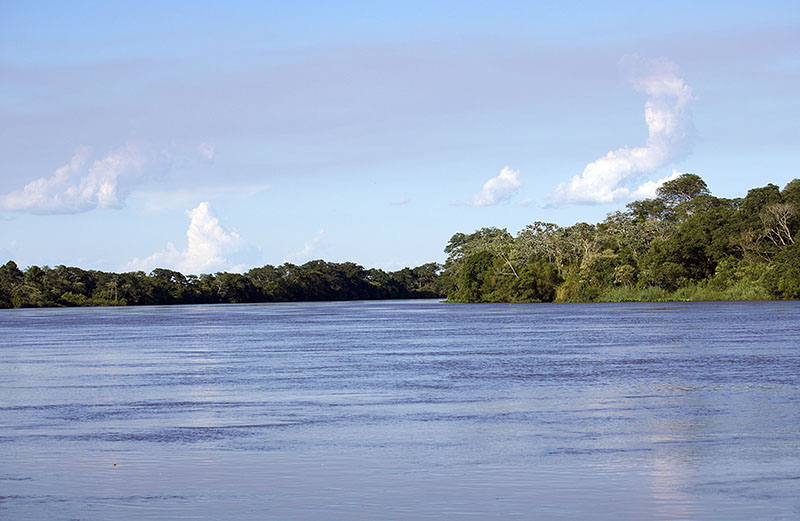
Rio Ivinhema

Rio Sucuriu
Ours Fish
Learn more about the fish in our State

Dourado

Peixe-cachorra

Piraputanga

Piracanjuba

Curimba

Pacu

Piranha

Pintado

Cachara
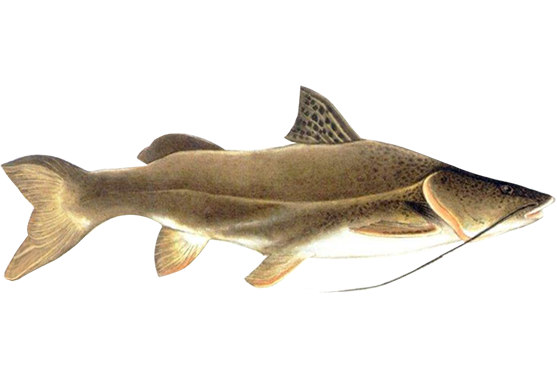
Jaú

Palmito
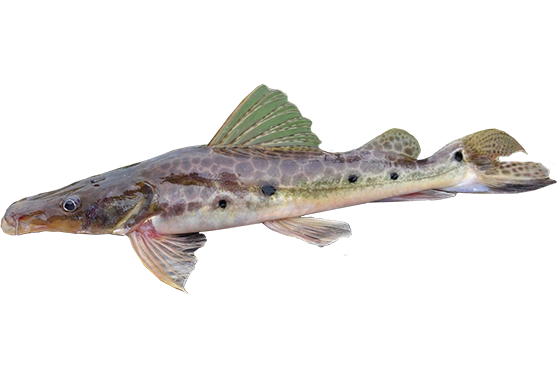
Jurupoca
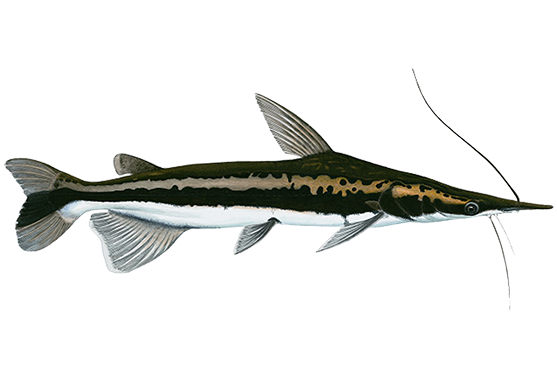
Jurupensén
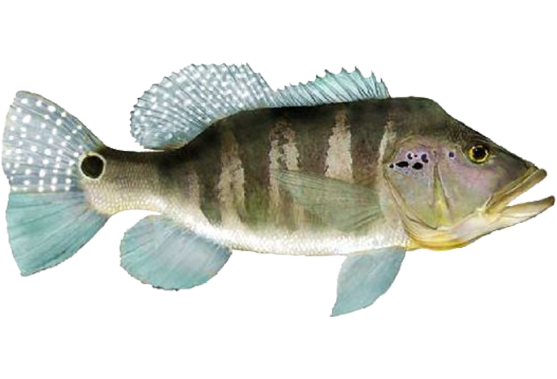
Tucunaré-azul
